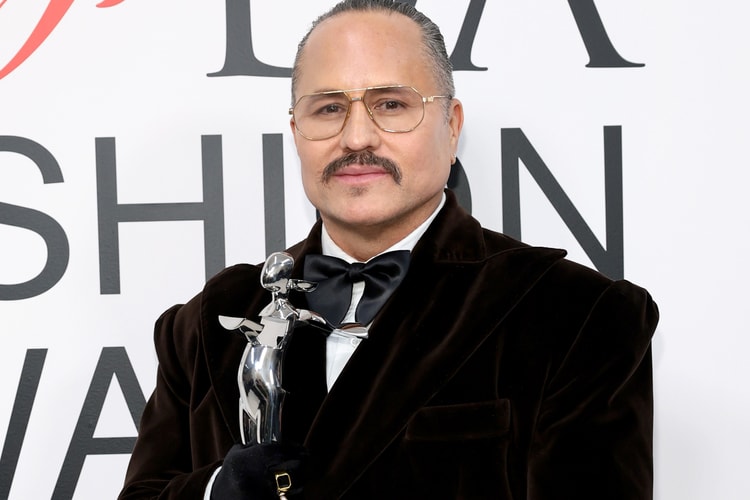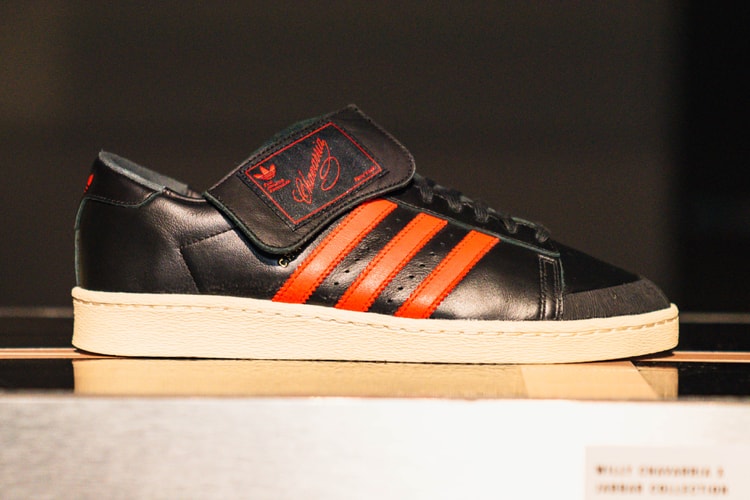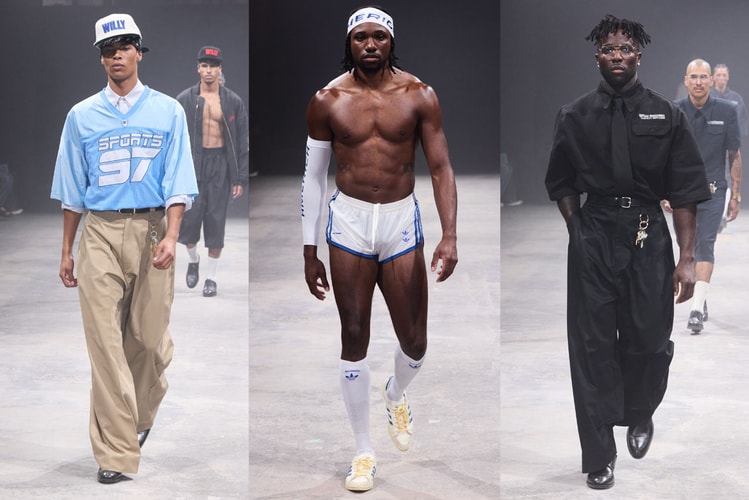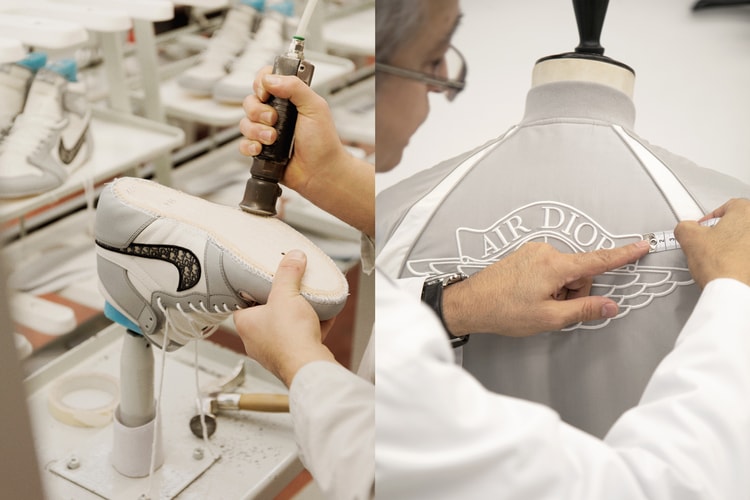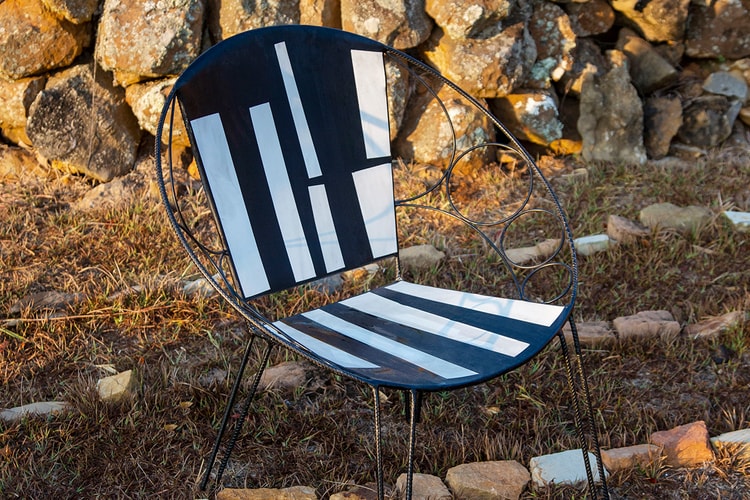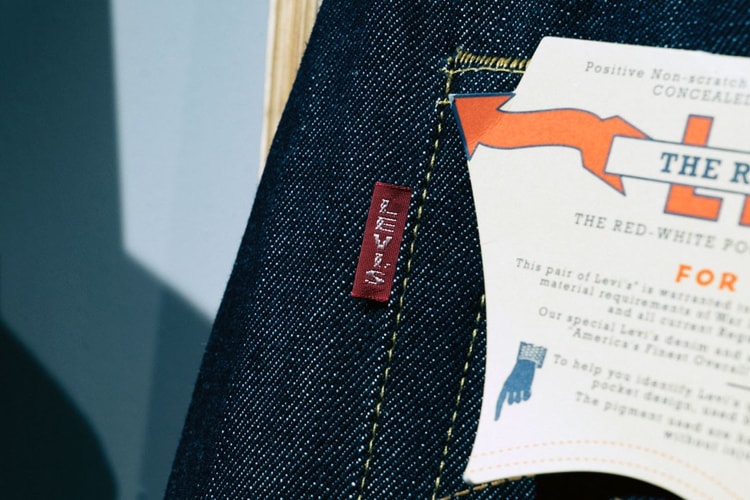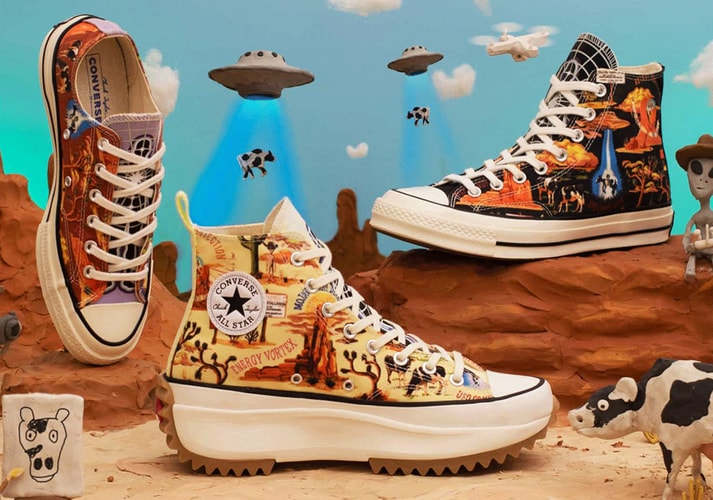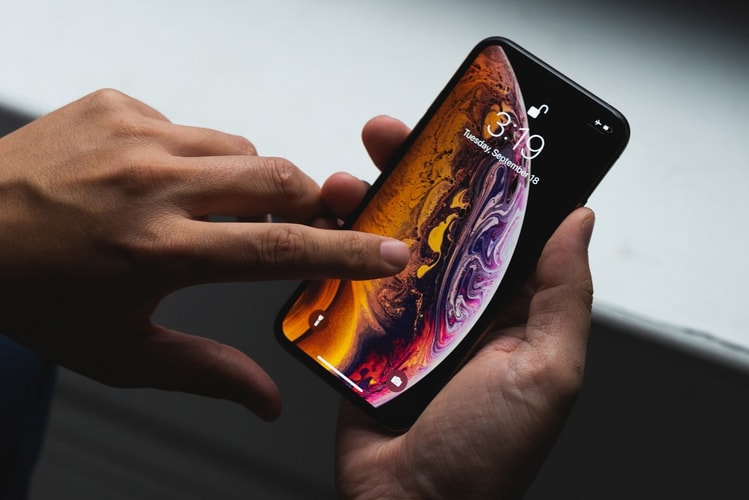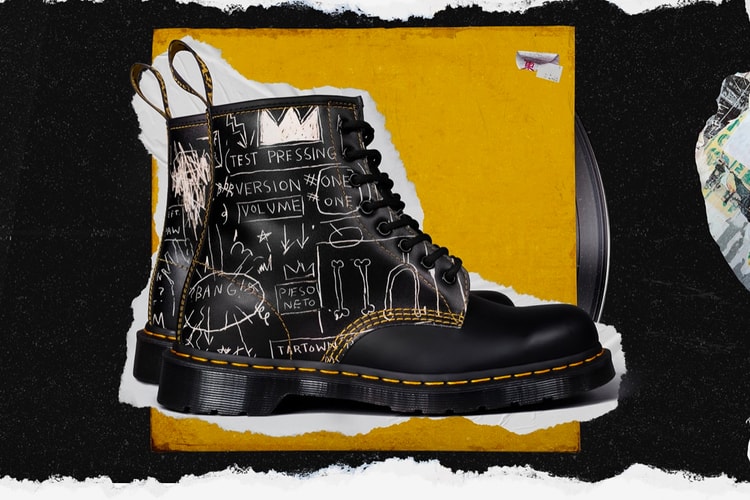Willi Smith Made Streetwear Before The Word Existed
The forgotten legacy of one of fashion’s most successful Black designers.

Willi Smith Made Streetwear Before The Word Existed
The forgotten legacy of one of fashion’s most successful Black designers.
When considering the combined impact of streetwear and Black culture upon today’s fashion industry, one must reckon with the legacy of Willi Smith. His incredibly successful clothing line, WilliWear, amassed over $25 million USD in revenue at its peak thanks to its people-first design ethos. Yet Smith and his line have been almost entirely forgotten today. However, a new generation is discovering Smith and his egalitarian creations, bringing well-deserved attention to one of fashion’s pioneering Black creatives.
Born in Philadelphia in 1948, Smith enrolled in Parsons School of Design two decades later after he completed an internship with famed couturier Arnold Scaasi. One of Scaasi’s clients employed Smith’s grandmother as a housekeeper, creating the link that introduced Smith to the sought-after designer who created couture-level designs for the likes of Barbara Streisand, Mamie Eisenhower and Mary Tyler Moore. Under Scaasi’s guidance, Smith learned to create high-end tailored garments which he later recalled as “the clothes I didn’t want to make.”
At Parsons, Smith honed his craft and ingrained himself in the burgeoning downtown New York art scene of the 1970s. This decade was a turning point for Black fashion designers, wherein they began exerting unmistakable influence on the fashion industry.Specifically, Smith’s best friend, Alvin Bell, Patrick Kelly and Stephen Burrows drew acclaim and ire on Parisian runways while Jax Jaxon became the first Black designer at the head of a couture house (Jean-Louis Scherrer). Elsewhere, a young Harlem resident named Daniel Day decided to try his hand at the clothing business.
In 1976, Smith launched WilliWear with his friend Laurie Mallet, following a creative burnout after his first creative director position fizzled out. Smith utilized a simple mantra to explain WilliWear’s creative direction: “I don’t design clothes for the queen, but the people who wave at her as she goes by.” Notably, Smith’s Black upbringing translated into his designs and the collection’s affordable pricing, ensuring WilliWear an edge unlike any other label of the day.

Jack Mitchell/Getty Images
WilliWear Fall/Winter 1983, dubbed “Street Couture,” was a key moment for Smith, as it fused his past inspirations with the explosion of hip-hop, showcasing the graphic clothing on breakdancers and B-boys. Cues from the Harlem Renaissance appeared in the baggy zoot suit-inspired tailoring, while the contemporary taste for comfort informed his slouchy shirts and effortless denim jeans. That year, Smith became the youngest-ever winner of the American Fashion Critics’ Award for Women’s Fashion.
“Being Black has a lot to do with my being a good designer,” he said at the time. “Most of these designers who have to run to Paris for color and fabric combinations should go to church on Sunday in Harlem. It’s all right there.”
In the ‘80s, luxury labels ruled the runways, demonstrated by the reign of Christian Lacroix and Thierry Mugler in Paris. Opulence and lavishness tied in with the booming economy that benefitted New York’s richest, standing in stark contrast to the ground-level artists living in the city’s downtown. Smith’s clothing was designed for the latter group, garments that were meant to have long-term shelf life, rather than be discarded seasonally. “Fashion is a people thing and designers should remember that,” he once remarked. “Models pose in clothes. People live in them.” Smith developed a deep fondness for India’s rich textiles, which were both lavish and affordable; ideal fabrics for Smith’s elevated everyman creations.
Smith’s WilliWear line issued everything from graphic T-shirts to experimental gowns and bold sportswear, resisting easy categorization. Smith never pretended he was “in the fashion business”; he was proud to sell real, wearable apparel. “He was trying to be a real polar opposite of Ralph Lauren,” architect and SITE founder James Wines told W Magazine. One-size-fits-all cargo pants, loose shirts and shin-length coats channeled genderless style — not because it was trendy but because it made it easier for all genders and body types to fit into WilliWear.

Willi and his sister, model Toukie SmithAnthony Barboza/Getty Images
Widespread appeal was core to the young gay, Black designer’s approach for creating a sort of proto-streetwear; that is, clothing meant to be worn on the street. Smith preferred the term “street couture” for his accessible, low-key silhouettes, however. Smith also embodied another facet of current-day streetwear: collaboration. Alongside artist friends and peers that ranged from Christo and Jeanne-Claude to Alvin Ailey to Keith Haring — who created two WilliWear T-shirt graphics — Smith created spaces, installations and performances that celebrated youth culture, creativity and inclusivity.
At various points in his career, Smith invited SITE to construct WilliWear’s stark office space, Nam June Paik to produce WilliWear video pieces and various artistic friends to imagine flat white plaster clothes for a MoMA PS1 show. Later, Smith created costumes for Spike Lee’s 1988 dramedy School Daze and Bill T. Jones and Arnie Zane’s dance work Secret Pastures. Few ventures were too far-fetched for Smith, who even created The WilliWear News, a playful zine that Smith and Paper co-founder Kim Hastreiter created to accompany WilliWear collections.
By the late ‘80s, WilliWear was generating over $25 million USD in revenue, but, sadly, Willi Smith wasn’t nearly as healthy. At some point in the decade, he had contracted HIV, which he hid from friends either because he wasn’t aware of the illness or the ‘80s HIV-shaming culture. Smith eventually passed away in 1987 due to AIDS-related immune system complications, worsened by pneumonia and shigella. The latter is a parasitic disease he caught during a fabric buying trip to his beloved India, a country that Smith returned to over and over again during his short-lived career. He was only 39 years old.

Actor Christopher Walken modeling WilliWear for Willi Smith Day (February 23, 1990)Robin Platzer/Twin Images/The Life Images Collection/Getty Images
New York’s Cooper Hewitt museum has plans to launch its Willi Smith: Street Couture exhibition this year but in light of coronavirus closures, it currently offers a digital archive of Smith’s legacy instead. In the meantime, Rizzoli has published Cooper Hewitt curator Alexandra Cunningham Cameron’s book of the same name. Both of Cameron’s efforts have given pride of place to Smith’s clothing, but the exhibit also highlights sketches, photographs, film, recreations of Smith’s collaborative artwork to paint a more complete picture.
The exhibition is an ode to one of New York’s unsung Black heroes, a man who was financially successful on his own terms and deeply loved by his community. Simultaneously, it’s a comprehensive vision of a Black designer undeservingly stripped of his place in history books, a partial physical manifestation of debt that the fashion industry owes to Black creatives it rarely allows to prosper.




